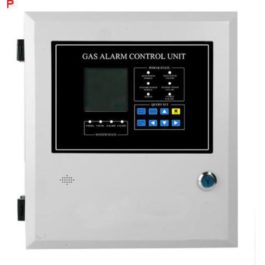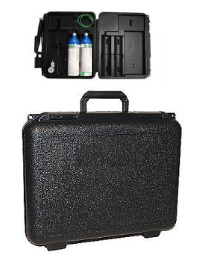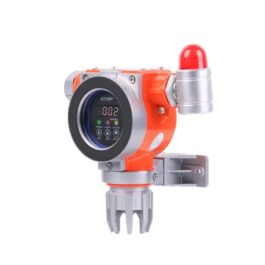Gas Detectors
Gas detectors are devices designed to detect the presence of various gases in an area. This provides an early warning system for potentially hazardous situations. These devices are commonly used in industrial settings and laboratories. Along with other environments where the presence of certain gases poses a risk to health or safety.
Gases to Detect
They can be categorized based on the type of gas they are designed to detect, such as:
Single-gas detectors: These are designed to detect a specific gas, such as carbon monoxide, hydrogen sulfide, or oxygen.
Multi-Gas Detectors: These are capable of detecting multiple gases simultaneously. They are also often used in more complex environments. Complex environments where the presence of various gases needs to be monitored.
Technologies
- Electrochemical Sensors
- Catalytic Bead Sensors
- Infrared Sensors
- Photoionization Detectors
- Semiconductor Sensors
Specifics
Gas measurements are designed to identify the presence of specific gases in an environment. They play a fundamental role in maintaining safety across various industries and settings. This includes manufacturing, petrochemicals, mining, and laboratories. Here are some key aspects to consider when describing gas detectors in more detail:
Types of Detection Technologies: They utilize different sensor technologies, including electrochemical sensors. It also includes catalytic bead sensors, infrared sensors, photoionization detectors, and semiconductor sensors. Each technology is suitable for detecting specific types of gases, such as flammable gases, toxic gases, or oxygen levels.
Detection Applications: Gas detectors are used in a wide range of applications, including confined space entry, leak detection, air quality monitoring, and industrial hygiene. They are also employed in firefighting, hazmat response, and environmental monitoring.
Detector Features: Modern detectors often come with features such as real-time monitoring, data logging, audible and visual alarms, wireless connectivity, rugged construction for industrial environments, and user-friendly interfaces for ease of operation.
Importance of Detection: Emphasize the critical role gas detectors play in preventing potential hazards, and protecting workers’ health. This ensures regulatory compliance and minimizes the risk of fire. It will also minimize explosions caused by the presence of flammable or combustible gases.
Standards and Regulations: It’s essential to mention the relevant industry standards and regulations that govern the use and maintenance of detection equipment. Adherence to these standards is imperative for maintaining a safe working environment.
Showing all 4 results
-

Portable Gas Monitors
$ 1,425.00Add to cart -

Gas Alarm Control Panel
$ 3,685.00 – $ 4,985.00Select options This product has multiple variants. The options may be chosen on the product page -

Gas Calibration Kit
$ 445.00Add to cart -

LEL Sensors
$ 1,245.00 – $ 1,345.00Select options This product has multiple variants. The options may be chosen on the product page
